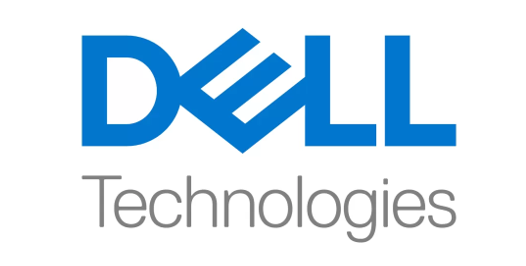The Defense Advanced Research Projects Agency’s (DARPA) Quantum-Inspired Classical Computing (QuICC) program seeks to leverage lessons learned from benchmarking quantum algorithms to develop QI solvers for a range of complex DOD optimization problems, and demonstrate the feasibility of reducing the required computational energy by at least two orders of magnitude over existing techniques.
Department of Defense (DOD) must solve many complex optimization problems to enable mission capabilities – from determining the most efficient way to distribute supplies to minimizing warfighters’ exposure to hostile forces. Solving these intricate scenarios is difficult, largely owing to the limitations of existing computing resources. Today, many optimization problems are solved on conventional computers running both heuristic and approximate algorithms, extracting the best solutions allowed by the limited time and energy that is available.
Many believe quantum computing could be the answer. While there are potential advantages to quantum information processing, there is not enough supporting evidence to show that a quantum solution would be suitable for the size, weight, and power limits of many DOD mission-relevant applications.
“That does not mean that valuable lessons cannot be learned from quantum techniques, and applied to classical computing,” said Bryan Jacobs, a program manager in the Microsystems Technology Office. “DARPA seeks to do just that with a new program to develop Quantum-Inspired (QI) classical solvers. QI solvers are mixed-signal systems that use classical analog components and digital logic to emulate the physics of dynamic systems.” These systems are projected to outperform both conventional and quantum computers by over a factor of 10,000.i
To date, prototype QI solvers have been demonstrated using small, “boutique” problems tailored to existing architectures. To tackle larger scale, more DOD-relevant problem classes, the QuICC program must address multiple technical obstacles. These include analog hardware challenges that restrict connectivity between dynamic systems, as well as the prohibitive growth in digital resources with problem size.
To overcome the challenges, the QuICC program seeks innovative solutions with algorithmic and analog hardware co-design, and application-scale benchmarking techniques. Researchers will work across two technical areas to achieve the target objectives. The first area focuses on developing solver algorithms and creating a framework for assessing the potential performance of QI solvers. The second aims to develop QI dynamical system hardware as well as validated models of their performance.
Progress on QuICC will be measured against a set of key metrics, including computational efficiency, which is characterized by the energy expended to obtain a high-quality solution to a given problem. QuICC prototype systems will target a 50X reduction in energy for intermediate problem sizes, and show the feasibility of a 500X reduction for mission-scale problem sizes.
“With QuICC, we want to create a fundamentally new way of doing classical computing that takes inspiration from the algorithmic advances happening in quantum computing. The goal is to enable a 500X performance improvement in the energy required to solve complex, DOD-relevant optimization problems. If we’re successful in generalizing and scaling QI solvers for DOD-relevant applications, we could see a quantum leap in computational efficiency for a broad range of optimization challenges,” said Jacobs.
To learn more about the QuICC program and its objectives, please visit the Broad Agency Announcement published on SAM.gov.
i R. Hamerly, et. al, “Experimental investigation of performance differences between coherent Ising machines and a quantum annealer,” Sci. Adv. 5 (5), eaau0823 (2019)
source: DARPA



